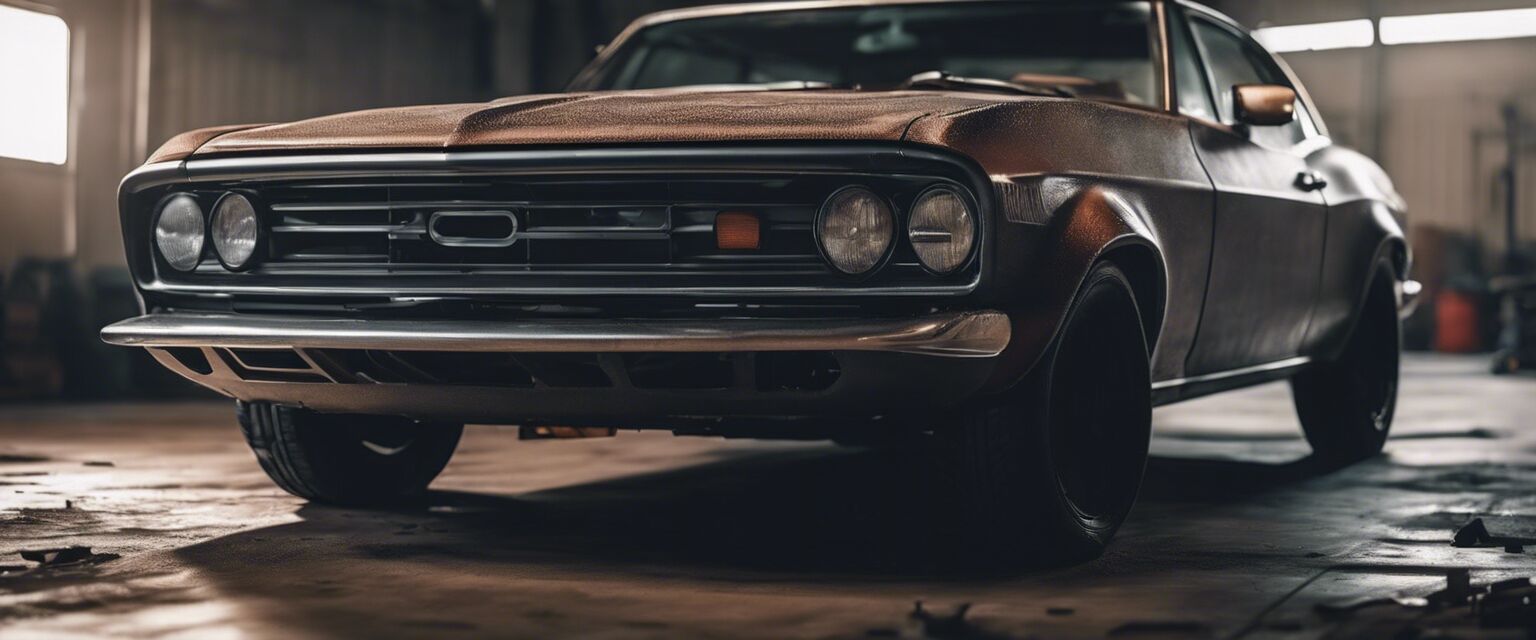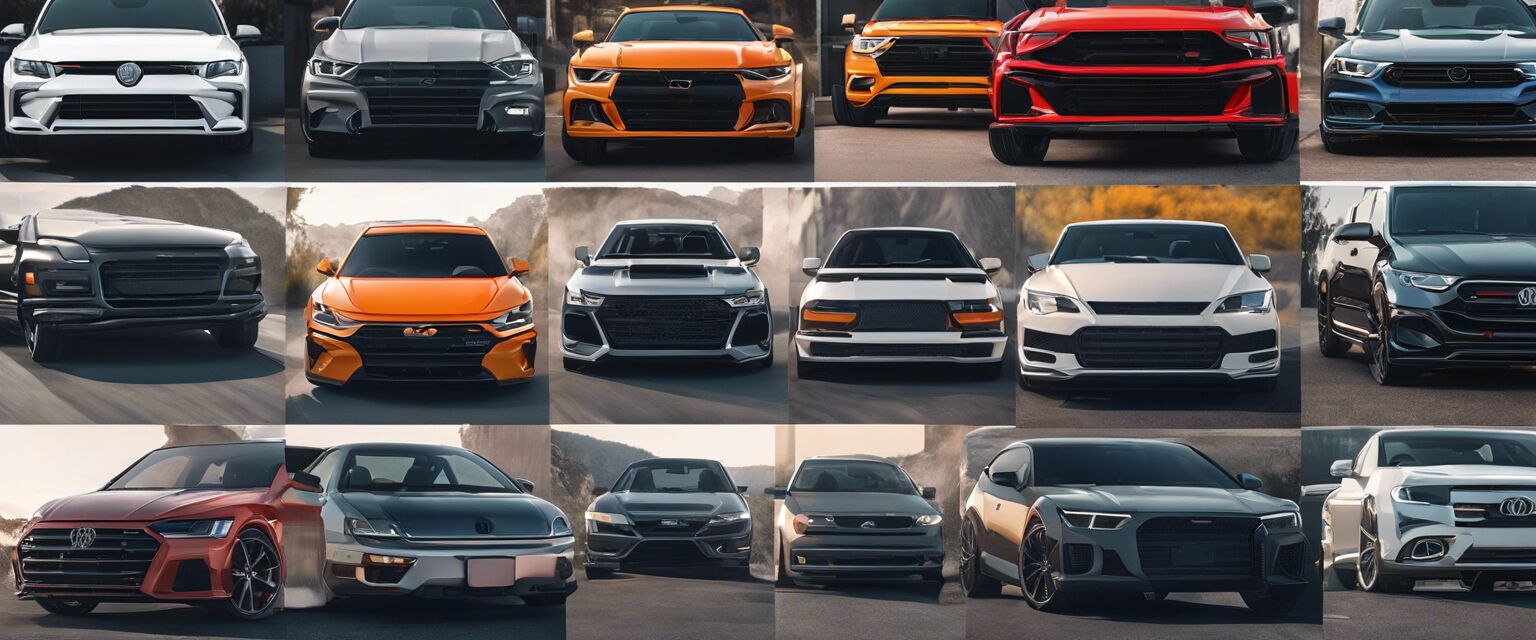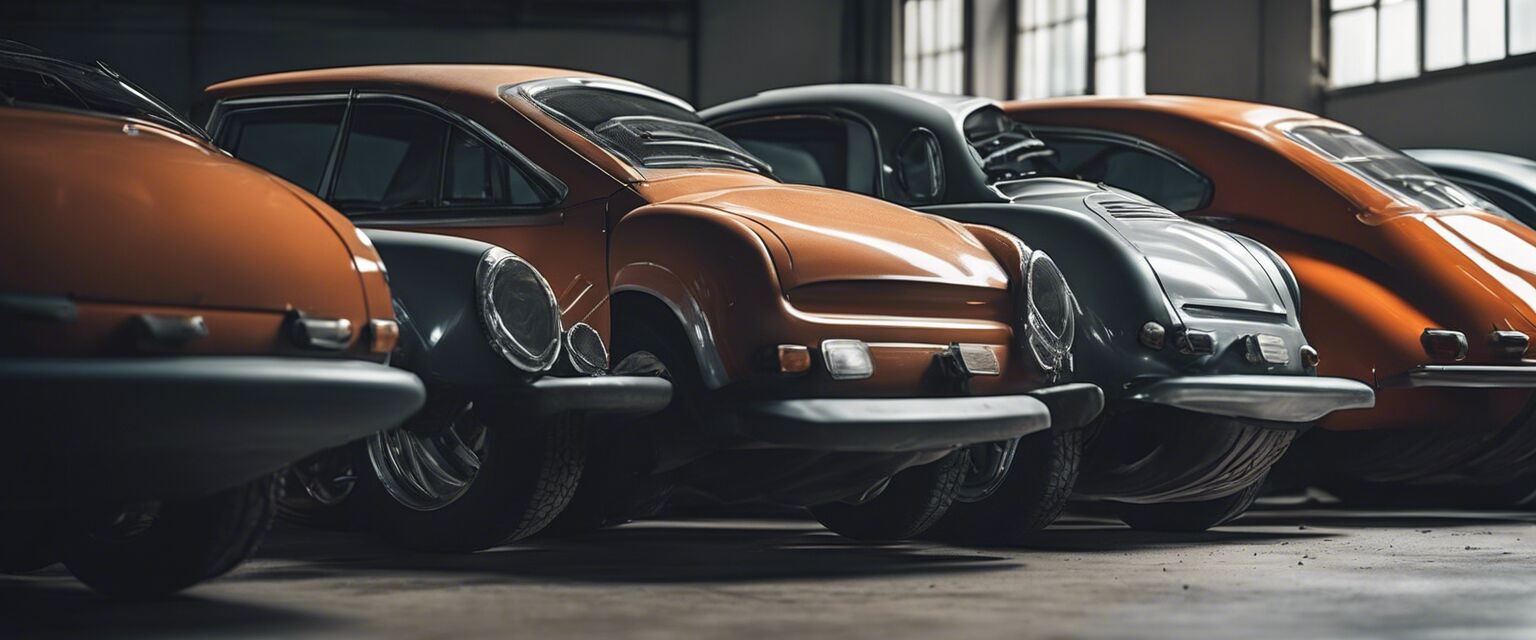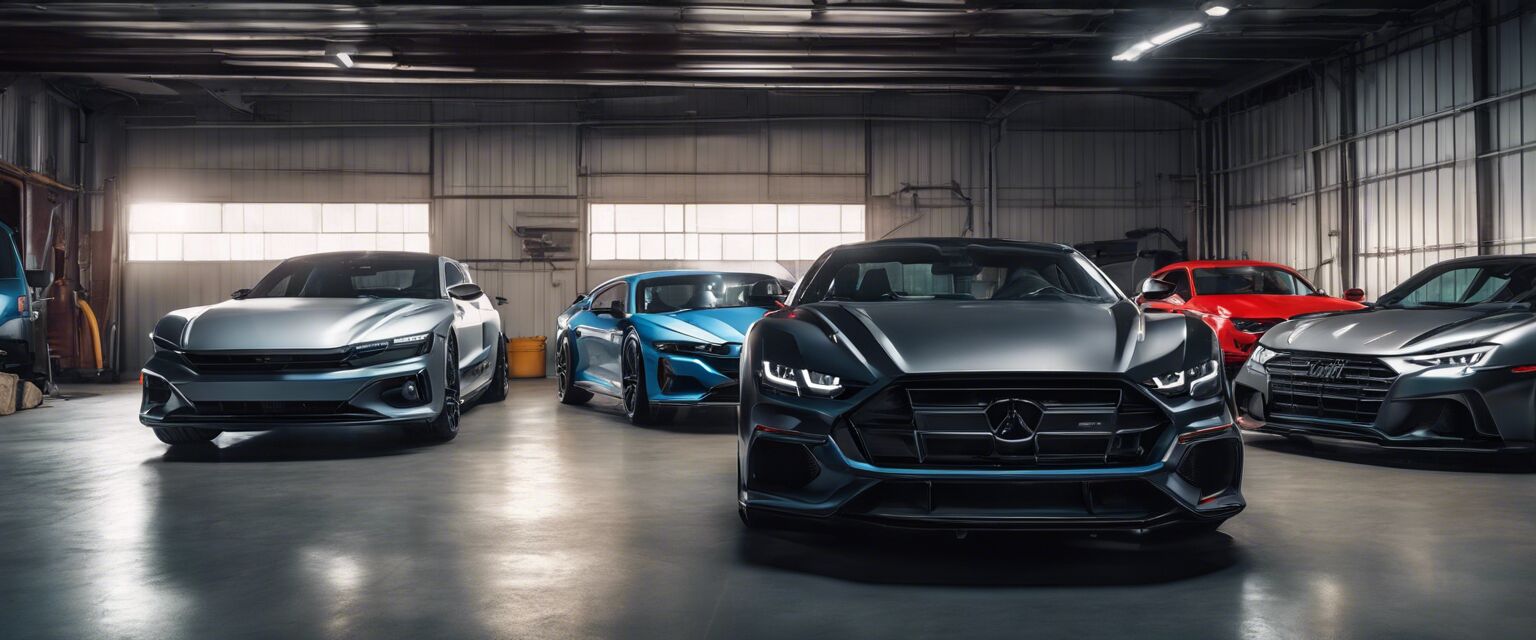
Car Bumpers
Explore the types, materials, and styles of car bumpers to suit your vehicle's needs. This comprehensive guide will help you understand the importance of bumpers, their functionality, and how to choose the right one for your car.
Key Takeaways
- Car bumpers are crucial for safety and vehicle aesthetics.
- They come in various types, including front, rear, and specialized bumpers.
- Materials used include plastic, fiberglass, and metal.
- Styles range from OEM replicas to aftermarket options for customization.
Introduction to Car Bumpers
Bumpers are essential components of any vehicle, serving both protective and aesthetic purposes. They absorb impact during collisions, safeguarding the vehicle's frame and occupants. Understanding the different types of bumpers can help you make an informed decision when replacing or upgrading your car's bumper.
Types of Car Bumpers
Car bumpers can be categorized based on their location and function. Below is a table showcasing the different types:
| Type | Description |
|---|---|
| Front Bumper | Located at the front of the vehicle, designed to absorb impact in frontal collisions. |
| Rear Bumper | Positioned at the back of the vehicle, it protects against rear-end collisions. |
| Off-Road Bumper | Heavy-duty bumpers designed for off-road vehicles, often with additional features like winch mounts. |
| Custom Bumper | Aftermarket bumpers designed for aesthetic appeal and personalization. |
Materials Used in Bumpers
The materials used to manufacture bumpers play a significant role in their performance and durability. Here’s a breakdown:
| Material | Advantages | Disadvantages |
|---|---|---|
| Plastic | Lightweight, corrosion-resistant, and cost-effective. | Less durable than metal and can crack under extreme pressure. |
| Fiberglass | Strong and lightweight, customizable designs. | Can be expensive and requires careful handling to avoid damage. |
| Metal | Highly durable and strong. | Heavier and prone to rust if not properly treated. |
Styles of Bumpers
Bumpers come in various styles, each serving different purposes. Below are some common styles:
- OEM (Original Equipment Manufacturer): These bumpers are made to match the specifications of the vehicle manufacturer.
- Aftermarket: These are available from third-party manufacturers and can offer unique designs and features.
- Sport Bumpers: Designed for performance cars, often lighter and more aerodynamic.
- Reinforced Bumpers: Built for extra protection, ideal for off-road use.
Choosing the Right Bumper
When selecting a bumper for your vehicle, consider the following factors:
Tips for Choosing the Right Bumper
- Assess your driving conditions and style.
- Determine if you prefer a factory or custom design.
- Check the compatibility with your vehicle model.
- Look for additional features like fog lights and winch mounts.
Installation and Maintenance
Proper installation and maintenance of your bumper are crucial for safety and longevity. Here are some tips:
- Consult with a professional for installation, especially for complex bumpers.
- Regularly inspect the bumper for cracks or damages.
- Clean the bumper with appropriate cleaners to avoid wear and tear.
- Address any issues promptly to prevent more significant problems.
Conclusion
Car bumpers are an integral part of vehicle safety and style. By understanding the types, materials, and styles available, you can make informed choices that enhance your car's functionality and appearance. For more information on related products, check out our other categories:
Pros
- Enhances vehicle safety during accidents.
- Improves the aesthetic appeal of your car.
- Variety of styles and materials available for customization.
Cons
- Installation can be complex for certain types.
- Aftermarket options may not fit perfectly.
- Some materials may require more maintenance.
Further Reading
For a deeper understanding of automobile body parts, consider exploring:
Visual Guide to Bumpers
Below is an image showcasing different styles of car bumpers:

Understanding the Impact of Bumpers
The impact absorption capabilities of bumpers are crucial for minimizing damage during collisions. Here's a table detailing the impact resistance of various bumper materials:
| Material | Impact Resistance |
|---|---|
| Plastic | Moderate - can crack under high impact. |
| Fiberglass | High - offers good absorption but can shatter. |
| Metal | Very High - excellent durability and resistance. |
Final Thoughts
Investing in the right bumper not only improves safety but also enhances the overall look of your vehicle. Whether you go for OEM replacements or aftermarket customization, understanding your options will lead to a better choice.









